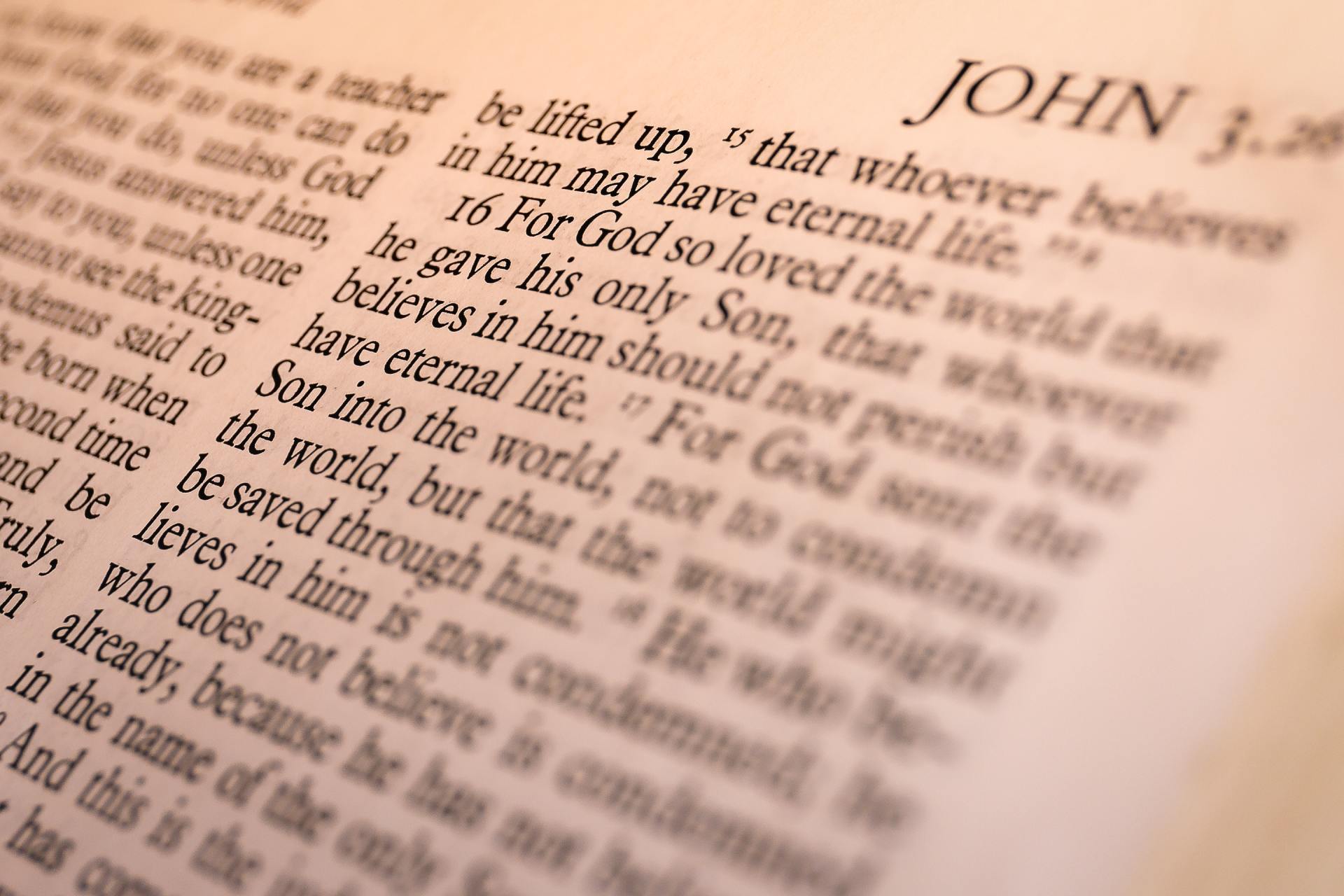‘Fully alive’ NCYC youth challenged to celebrate mysteries of faith, science and self
by OSV News
(OSV News) — Grace Stecker of the Diocese of Helena, Mont., pulled out her cell phone and called her dad, right in the middle of a talk during the National Catholic Youth Conference (NCYC).
In fact, teens all around her were talking on their phones, even as the speaker stood on the stage.
But they had his permission.
“I want you right now, in one minute, to just make a call to somebody in your life whom you love, who’s pretty special, whom you appreciate,” Scripture scholar and astrophysicist Father John Kartje asked of the more than 12,000 NCYC participants.
The request came as part of his talk on the oneness of God and the universe — faith and science — that served as the topic of the opening session of NCYC in Lucas Oil Stadium in Indianapolis on Nov. 16.
He began the talk echoing words spoken by Archbishop Charles C. Thompson just moments before.
“The line that really struck me amongst everything he said is this,” Father Kartje noted: “You’re not a problem to be solved, but you are a mystery to be encountered.”
‘What it means to be fully alive’
Archbishop Thompson spoke to the teens about this year’s NCYC theme “Fully Alive” in a prayer service at the beginning of the opening session — after the teens had settled down from a rousing concert by Christian rock band for KING + COUNTRY.
He quoted his “favorite line” from Pope Francis’ encyclical, “Laudato Si‘ “: “Rather than a problem to be solved, the world is a joyful mystery to be contemplated with gladness and praise.”
“We heard that beautiful reading about creation from the Book of Genesis,” Archbishop Thompson said of the beginning of the prayer service. “But the ultimate part of that creation is when God created humanity, when God created us. We are part of that creation that’s been given life by the Spirit breathing into us, by the Word taking root in us, claiming us as his own.
“And so no one here is a problem to be solved, but is to be contemplated as a joyful mystery with gladness and praise.
“Whatever pains in our lives, whatever is going on, whatever hurts, whatever guilt, whatever fears, whatever anxieties, whatever it is — that does not define us.”
Identity in Christ, in the Eucharist
Rather, he said, we are defined by our identity in Christ, whose body, blood, soul and divinity is present in the Eucharist.
“The Eucharist has been given to us through the passion, the death and the resurrection of Jesus Christ so that we have life, that we have what is necessary to be witnesses to the good news, what it means to be fully alive,” Archbishop Thompson said.
“We are most fully alive when we live our lives not with ourselves at the center, but keeping Christ at the center. We are fully alive when we live for the glory of God and in service to others.
“We gather tonight remembering that we belong to something greater than ourselves as children of God, created in the image of God. We have a dignity, a dignity no power on earth can take away.
“That’s why we can claim to be fully alive.”
‘The one through whom astronomy is possible’
Father Kartje picked up where Archbishop Thompson left off — speaking about the NCYC theme.
“If you talk about being fully alive, I can’t think of a better way to get at what that actually looks like in our world today than to look at this interaction between faith and science,” he said. With doctorates in Scripture and astrophysics, the current rector and president of the University of Saint Mary of the Lake/Mundelein Seminary in Mundelein, Ill., is an expert on both topics.
He quoted John 1:3: “All things came into being through him. Without him, not one thing came to being.”
“A hundred billion galaxies exist,” Father Kartje said. “That very same God of creation is the God alive in our own bodies. The very same God that gives you the galaxies … gives us the very life in our hearts.”
Science and faith are both a way of looking at the world, he explained — one through the lens of a telescope, the other through the glass of a monstrance.
“The Eucharist you see through the glass of the monstrance gives us the ability to see the body and the blood of Christ in a way that doesn’t look like the body and blood of Christ,” Father Kartje said.
Gaze at the universe, gaze at Christ
Meanwhile, through the new Webb Telescope “you can see the world that goes all the way back to Genesis,” he said. “It’s the world that goes back to the life that is in us. That is a monstrance all its own, these beautiful images from the Webb Telescope, to look at them for who Jesus is precisely because he is the one through whom all of that glorious astronomy is possible.”
To gaze upon the universe or to gaze upon Christ in the Eucharist, said Father Kartje, “is literally to let yourself be gazed upon by the one who delights in your very existence.”
As for his request for the more than 12,000 youths to call someone they love, Father Kartje explained the connection to faith and science.
“The person you called is probably feeling loved right now,” he said. “The reason something special happened at that connection is because of what you see in the monstrance. That’s why Christ came into the world–the one who does all of this is love.”
This article comes to you from Our Sunday Visitor courtesy of your parish or diocese.







